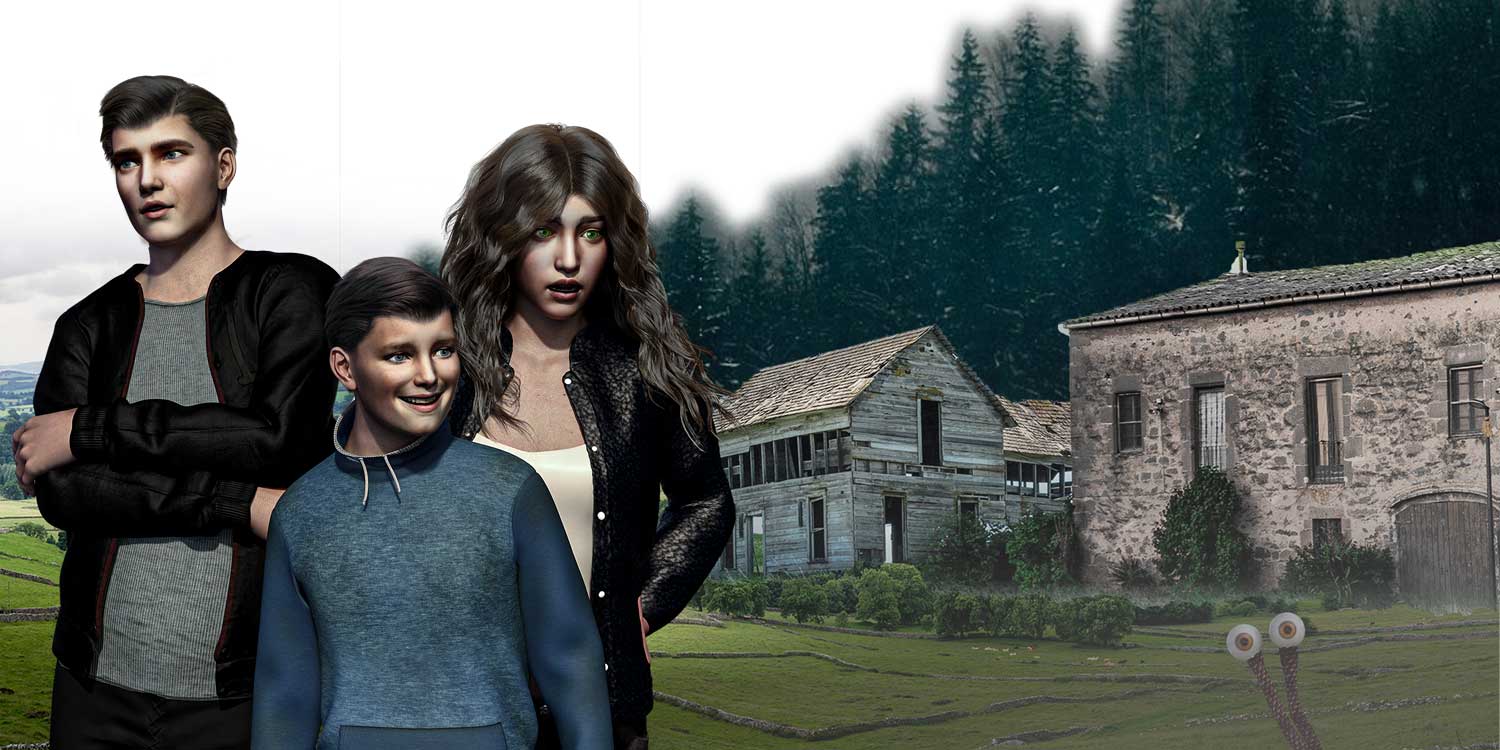Some ideas arrive in a writer’s head fully formed and ready to go. Others take more time, more patience, and more effort to shape into something good. Monster Farm was in the latter category. Here, I go into more detail about how the novel, eventually, took its final form. This is a spoiler-free zone.
Compared to my others, this novel came from a more vague idea, and I took some time to get to the final story. As you might know, I’m something of a life-long geek. I’ve been into science and technology for as long as I can remember. My children ask me technical questions, not the other way around. I’ve long known about the Gaia theory, which, put simply, states the whole planet is a synergistic entity. I was reminded of it recently, and, along with news reports about global warming and deforestation, I started to think about what would happen if the planet grew tired of humans and started to fight back.
When I sat down to write, all I had was this vague idea, nothing more. I made a few notes, tried a few ideas, but nothing seemed to work. At some point, I realized the story had to be told from a young person’s point of view because they’re the ones who are going to have to clean up the mess made by my and previous generations. So, a young adult story; not my first so not a problem. It also needed to be personal, I decided, involving a small group of individuals who’re directly affected.
The setting also had to be familiar. I very much wanted it to be set in the present and on our world. Being British myself, I decided on the English countryside, specifically Derbyshire, which is next door to my native Nottinghamshire. It’s not set in a specific place, just a farm that could exist there. Making the setting remote and off-grid made the setting less familiar to most, but I felt it made sense in the overall story by introducing a feeling of isolation. This also allowed me to introduce contrast and, eventually, a change in attitude in the heroes. What some people consider loneliness, others think of as peace and quiet. A lot of people, not just youngsters, might learn they can live without some of the things they consider essential.
I didn’t want the story to be too preachy, but very subtle in its ecological message. I also wanted to draw in some youngsters who perhaps don’t read as much as they should. What it needed to be first was a good adventure story, with plenty of humour, accessible and not too lengthy.
At the start of creating the outline, I had two characters, brothers Fynn and Farrell. The names came from a book of baby names, an invaluable tool for all authors. I was looking for something original but not too obscure. You probably know a family where all the children have names that start with the same letter, which is why I chose Farrell.
In order to appeal to modern teens, I had to make the boys familiar and surround them with all the things a teenager needs to survive in this world, like mobile phones and games consoles. I couldn’t just leave it there, so I took Fynn one stage further and turned him into a budding games designer. Originally, Farrell had a note pad in which he wrote random notes to his future self. After the first encounter, I decided he would draw the monsters instead, and so changed it to a sketch pad.
As I started writing the first draft I realized I needed another character to provide more tension, more than just the humour between the brothers. The part of the book where the brothers decide to bring in help was pretty much me talking to myself as the scene unfolded. Wise man that I am, I agreed with myself, and Zoe was born. She too is a modern teenager, but more accepting of the circumstances, more relaxed, and very wise for her age.
Unlike all my previous novels, the final draft was mainly written backwards, chronologically, not physically. I started with the final confrontation, then wrote the preceding scenes in more or less reverse order. This did create some problems with continuity, but not as much as I was expecting. It was certainly nothing a good editing session didn’t cure.



